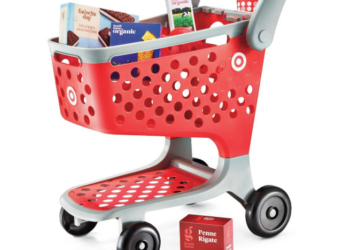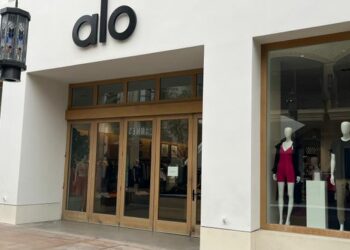Consumers in today’s Now Economy expect retailers to respond to a dramatically expanded customer dial tone. It’s no longer enough to deliver the perfect pair of black sneakers to their doorstep in 24 hours — they may also want those sneakers to come from a company with a minimal carbon footprint, or one that supports certain social-justice causes or one whose products come from local artisans in their geographical area.
Meeting these evolving demands requires far more adaptability than a traditional wholesale model can provide. No matter how much data you’ve collected on your customers’ personas and preferences, it’s simply not practical to keep a warehouse stocked with millions of distinct items — or to maintain your bottom line while curating all those items and putting each of them in front of the right shoppers.
But the choice between drop ship and marketplace doesn’t have to be “either-or.” The key is to unify drop ship and marketplace into a single flexible go-to-market model: one that brings together the best aspects of owned and unowned inventory into a highly personalized product selection that can be curated in real time.
How can you find the best spot in this unified marketplace spectrum for each customer? By tracking analytics across the whole landscape of your retail business, connecting your digital and physical storefronts to the same commerce network and content toolkit and leveraging better data to drive decisions — bringing it all together in a configurable go-to-market model.
Terms like “drop ship,” “marketplace,” “concession” and “consignment” all really describe the same thing: selling other brands’ inventory through your storefront, with the goal of serving every unique customer on their own terms. This empowers you to expand your product selection exponentially, hyper-personalizing each customer’s experience without increasing your overhead.
As you break down conceptual walls between these models, you’ll notice that barriers between physical and digital also become less relevant. For example, instead of limiting yourself to the traditional physical-only model of concession, you can implement this approach in your online storefront; or implement multiple versions of the model in different areas of your business, or at different times of year.
Some of your third-party brand partners may want to stick with a pure drop-ship model, while others may like the idea of having their products displayed in your physical stores. These flexible relationships can also enable you to fulfill some orders through that particular physical store — while maintaining control of the return and refund processes across all your stores. That’s the level of “unlock” that this flexibility allows.
To obtain this flexibility, you’re going to have to make some key shifts in how information is collected and analyzed throughout your organization. It starts with the paradigm of “one screen” — empowering individuals or teams to see all the data on every brand relationship, as opposed to having a separate team for each approach.
The more you un-silo your data, the more every team can optimize toward the same higher goals. In fact, throughout your entire network of brand partners, a unified information flow enables everyone to make better-informed decisions that support the goals of other partners within the network. Leverage the brands to do the up-front work, leverage your backend platform to show the results and leverage those results to drive adjustments in the balance between your third-party partner models.
Another key benefit of this unified information flow is that it enables you to understand and react to market signals in real time. Instead of reacting to a wholesale buy months after it’s been made, you’ll have a diverse inventory of relevant products at your fingertips — all powered by each brand partner’s inventory feed, customized for your retail model and ready to go, pumping fresh data into your decision backend all the time.
So the next time there’s a strike at a port, or a shipping center gets overwhelmed or a holiday is coming up, you no longer have to worry about a disruption in your purchase orders. You can get your inventory onto the market anyway, because you’ve got a massive network of brand partners connected into a model that can rapidly pivot to solve supply-chain problems, while you work on the wholesale buy.
This represents “the best of both worlds” — empowering trusted brand partners to run point on curation at the product level, while you can curate at the brand level; or, depending on your needs, to curate all the way down to the product level when that’s a better fit. That means from the consumer’s perspective, nothing has changed: you’re still the curation authority; a trusted brand determining what’s relevant. It’s just that now, you’re curating millions more products.
By breaking down barriers between models, saying “yes” to more brand partnerships, unifying your data flow and leveraging that data to drive real-time decision making, you’ll be able to deliver the hyper-personalized curation your customers expect — and continue to shine as an authoritative tastemaker.











